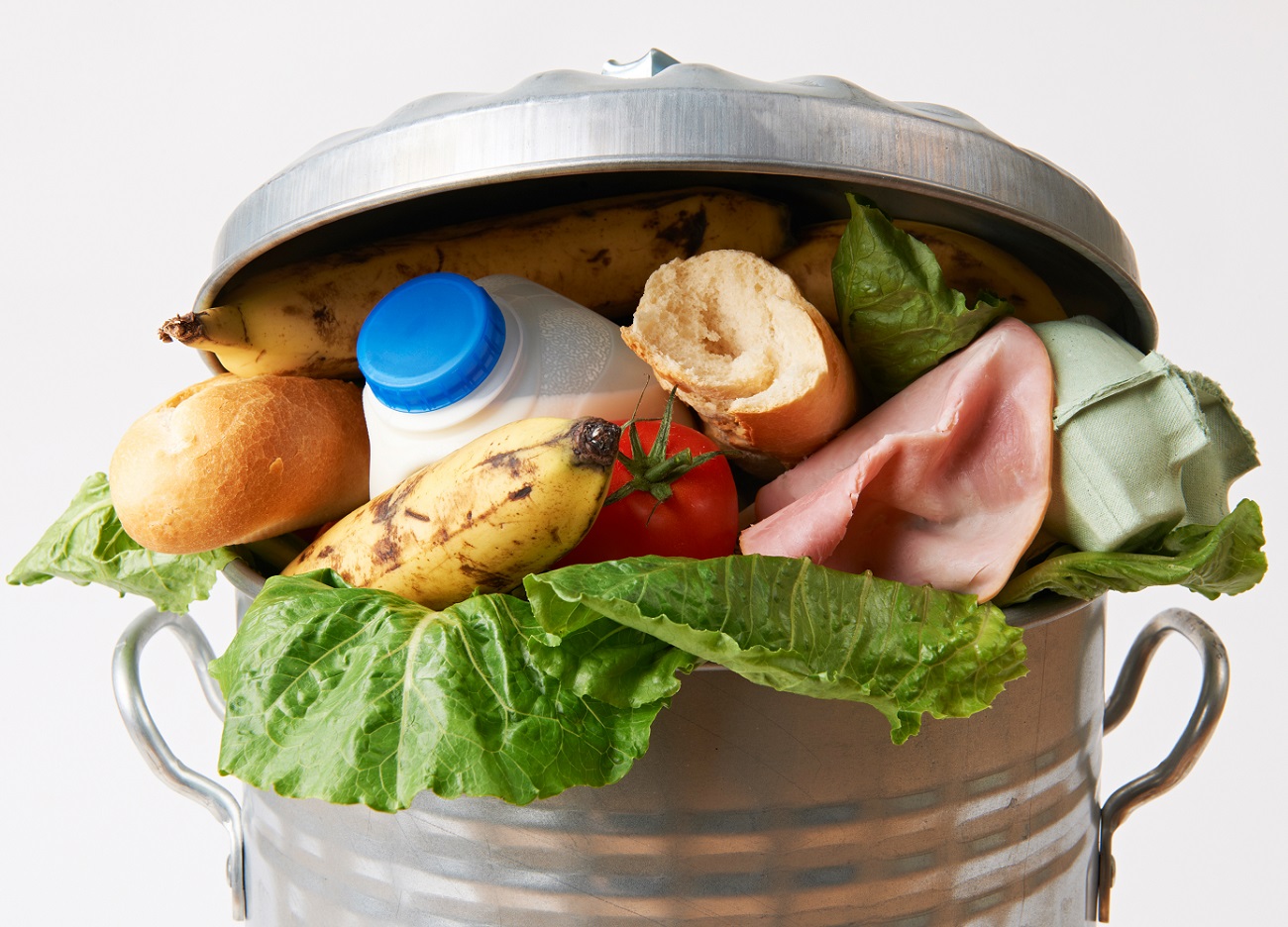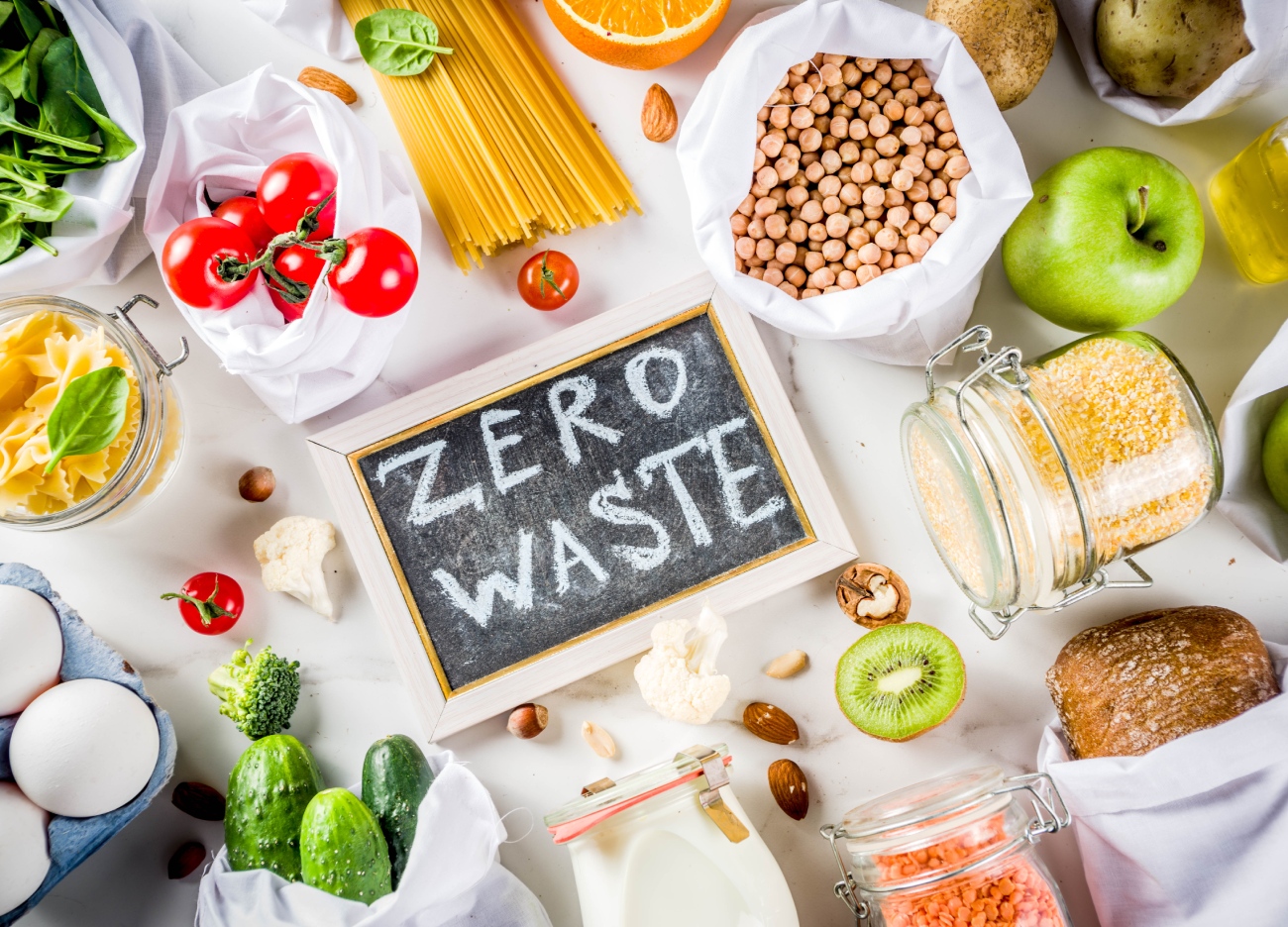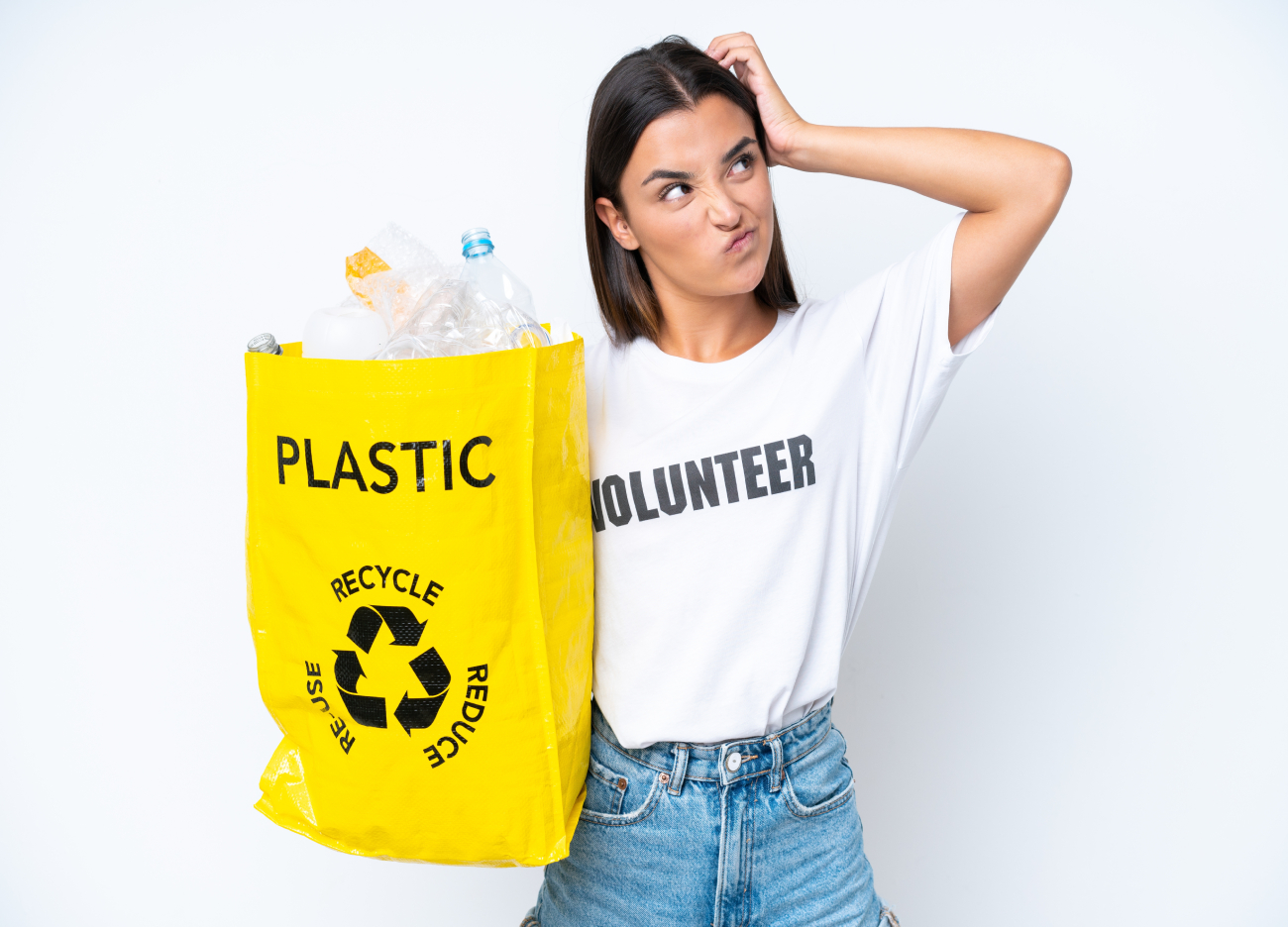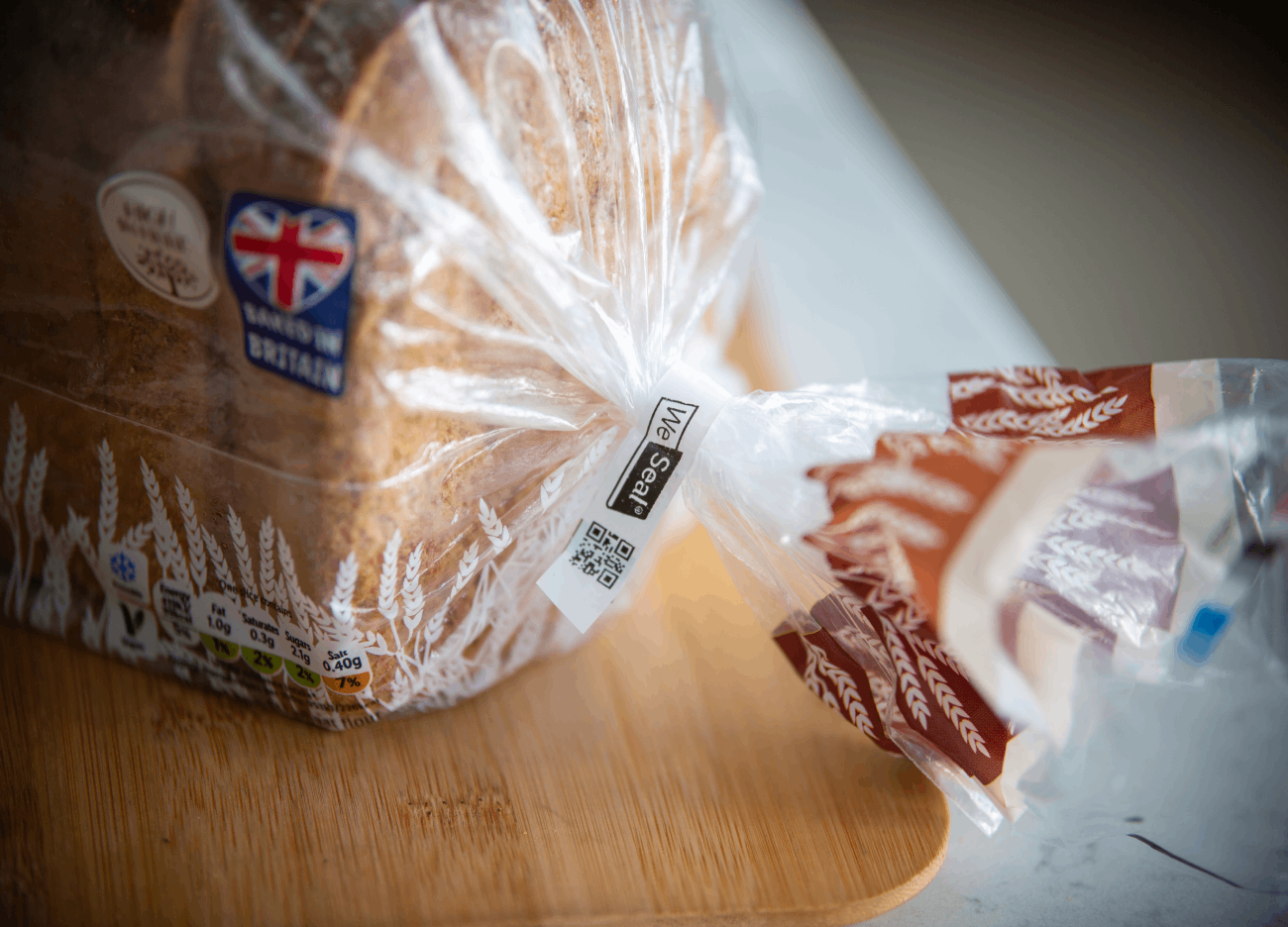
Food Waste And How Packaging Can Help
Currently, food waste is at an alarming level. According to studies by WRAP [1], households are the biggest contributors to food waste. In the UK alone, 15 million tonnes (33 billion Ibs) of edible food are wasted annually, representing a total wasted value of £19.5 billion (US$27.6 billion) [2]. Bakery is responsible for 560,000 tonnes (1.2 billion lbs) of food waste in the UK, with 80% of that being avoidable. In the US, about 20% of the bread purchased at home is thrown away every year [3]; that represents around 800 million loaves of bread wasted annually. In Canada, similarly, over half of edible foods are discarded without being eaten. This is happening while 1 in 7 persons in Canada suffer from insufficient food availability. It is estimated that by avoiding food loss, Canada can save up to 50 billion dollars every year [4].
When these wastes end up in landfills, they generate methane, a greenhouse gas (GHG) that is 25 times more potent as carbon dioxide. This gas traps heat in the earth’s atmosphere which leads to global warming and change in large-scale weather patterns. Currently, 8% of all greenhouse gases worldwide are the results of food waste. Studies shows that if we assume global food waste as a country, it would be the third largest greenhouse gas emitter, after China and the United States [5]. That food waste country would use the land area equivalent to Mexico, consume 172 billion m3 of water, and cost £616 billion (US$872 billion) [6].

References
[1] WRAP, “Reducing food waste by extending product life,” 2015. [Online]. Available: https://archive.wrap.org.uk/content/reducing-food-waste-extending-product-life.
[2] WRAP, “Food Waste Prevention-Digest Series,” 2015.
[3] Statista, “Distribution of consumption and waste of bread in the United States as of 2016”, July 2016.
[4] National Zero Waste Council, “Food Waste – The Issue,” [Online]. Available: http://www.nzwc.ca/focus-areas/food/issue/Pages/default.aspx.
[5] U.N. Food and Agriculture Organization (FAO), “Food wastage footprint, Impacts on natural resources,” 2013. [Online]. Available: http://www.fao.org/nr/sustainability/food-loss-and-waste.
[6] WRAP, “Food waste prevention information at your fingertips – digests and recorded webinars,” 2016. [Online]. Available: https://archive.wrap.org.uk/content/food-waste-prevention-digests-and-webinars.
[7] WRAP, “Extending product life to reduce food waste,” 2015. [Online]. Available: https://archive.wrap.org.uk/content/extending-product-life-reduce-food-waste.



